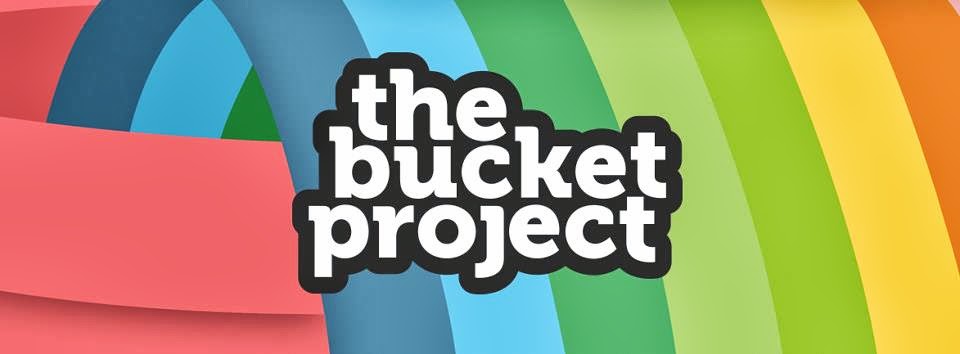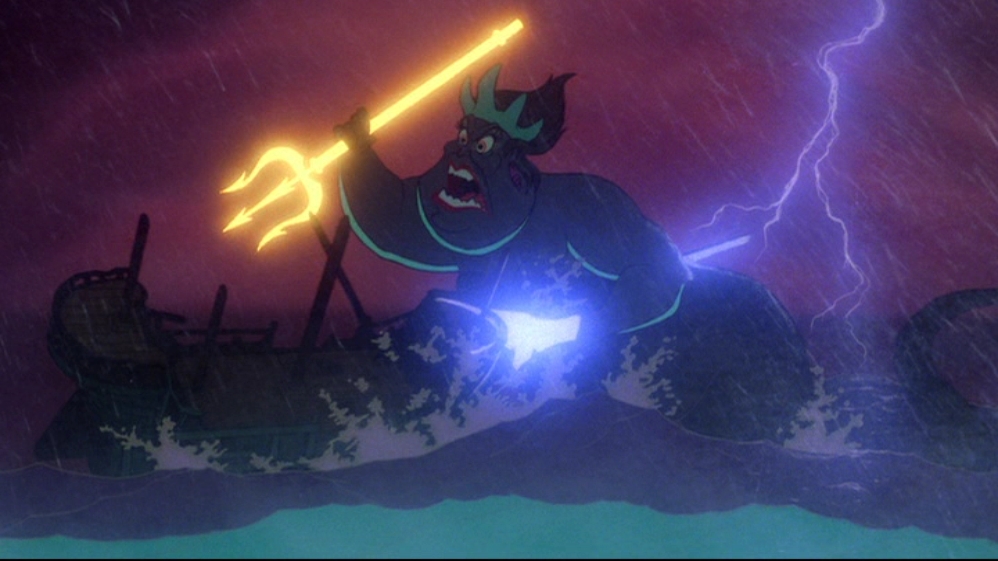This time of year has always had an air of mystery, magic
and superstition; and ceremonies remembering the dead have been celebrated for thousands
of years.
All Hallows' Eve is more commonly known as Halloween. It
precedes All Hallows' Day, also known as All Saints' Day, on 1st November and
All Souls Day on 2nd November. These dates hold a special significance across a
variety of cultures throughout the world, as the veil between the worlds of the
living and the dead is thought to be at its thinnest.
Halloween originates from pagan celebrations connected to
harvests and seasons. The Celts and Druids celebrated Samhain on November 1st
but the celebrations started at sunset on the eve of Samhain. Come sunset on 31st
October, families would extinguish fires within the home and indulge in a
"fall" cleaning to make way for the new season. Samhain was a harvest
festival that was celebrated at the end of summer and commemorated the cycles
of life. People would then gather to light huge bonfires to burn crops and
animal sacrifices to the gods, in the hope that the sun would return and their
crops would be plentiful.
Christians would carve jack-o-lanterns out of turnips to
remember souls trapped in purgatory. It was recorded in 1837 that American
colonies used pumpkins as a replacement to the tough turnips that the British
used. This is a tradition that still lasts today, but how many of us know why
we carve them?
Even the tradition of "bobbing for apples" is
connected to harvest time and superstition, much like the pumpkins and turnips
we how carve for fun. Apples were thought to represent fertility and many
believed they could help predict their future love.
It is believed that the boundaries between the living and
the dead are thinner on All Hallows' Eve. People would often disguise
themselves with costumes to hide from malevolent spirits out to cause harm or
to signify the release of souls trapped in the physical World.
Today, we tend to dress up for slightly more fun and commercial
reasons, with children playing trick-or-treat for sweets or gifts. Have we
forgotten the spiritual side to Halloween, or do we remember it in the
traditions we still follow?
Since Halloween is the day when most people are discussing death, often in a fun way, we're planning our first Death Cafe at the Brink on 31st October from 5.30pm - 7.30pm. There'll be a free slice of cake, a hot beverage and interesting conversation.











































.JPG)
